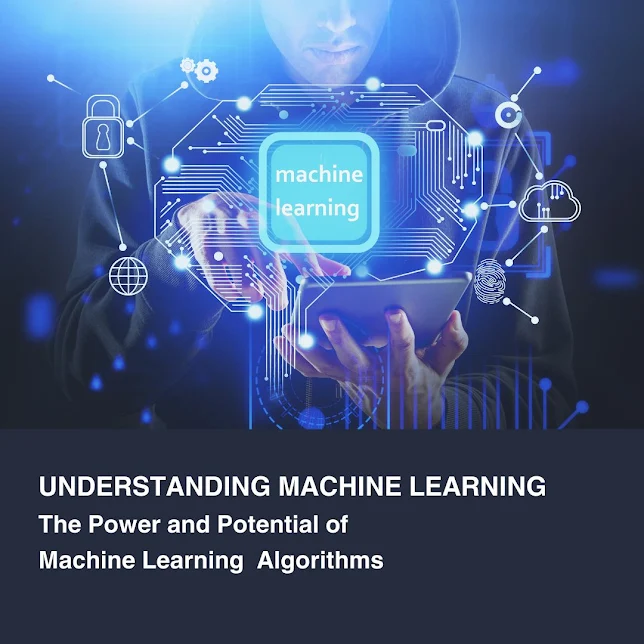What is Machine Learning ?
Machine learning is like giving a computer the ability to learn and improve from experience, just like humans do. But how does it work, and why is it such a big deal?
At its core, machine learning is a subset of artificial intelligence (AI) that focuses on developing algorithms and models that allow computers to learn from data without being explicitly programmed. Think of it as teaching a computer to recognize patterns and make decisions on its own, without needing constant guidance.
But let's break it down even further.
Imagine you're trying to teach a computer how to recognize cats in pictures. You could manually write code to tell the computer exactly what a cat looks like – pointy ears, furry body, whiskers, and so on. But that would be incredibly time-consuming and prone to errors. Plus, what if you encounter a new type of cat that doesn't fit your exact description?
This is where machine learning comes in. Instead of hand-coding all the rules, you feed the computer a bunch of cat pictures and tell it, "Hey, figure out what makes these pictures cats." The computer then uses complex mathematical algorithms to analyse the data, identify common patterns, and create its own rules for recognising cats.
One popular type of machine learning is supervised learning. In supervised learning, the computer is given a set of labeled data – in this case, pictures of cats along with labels indicating whether each picture contains a cat or not. Using this labeled data, the computer learns to associate certain features (like pointy ears and whiskers) with the presence of a cat. Once it's trained on enough examples, the computer can then accurately identify cats in new, unseen pictures.
Another type of machine learning is unsupervised learning. Here, the computer is given a bunch of unlabelled data – say, a mix of cat and dog pictures without any labels. The goal is for the computer to identify patterns and group similar pictures together, without any guidance from humans. This can be useful for tasks like clustering similar images or detecting anomalies in data.
Then, there's reinforcement learning. This is like teaching a computer through trial and error, where it learns to make decisions by receiving feedback on its actions. For example, imagine training a computer to play a game. The computer tries different moves, and based on the outcome (winning or losing), it adjusts its strategy to maximise its chances of success.
Now, let's talk about why machine learning is so important. The beauty of machine learning is its ability to handle complex tasks and large amounts of data with incredible speed and efficiency. It's what powers the personalised recommendations you see on streaming platforms like Netflix and music apps like Spotify. It's what enables virtual assistants like Siri and Alexa to understand and respond to your voice commands. And it's what drives advancements in fields like healthcare, finance, and transportation, revolutionising the way we live and work.
In summary, machine learning is like giving computers the ability to learn from data and make decisions on their own. Whether it's recognising cats in pictures or recommending your next favourite movie, machine learning is transforming the way we interact with technology and opening up a world of endless possibilities for innovation and progress.




Comments
Post a Comment